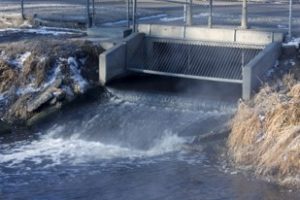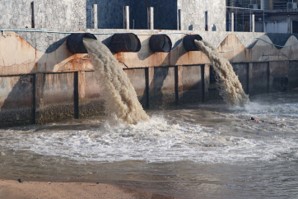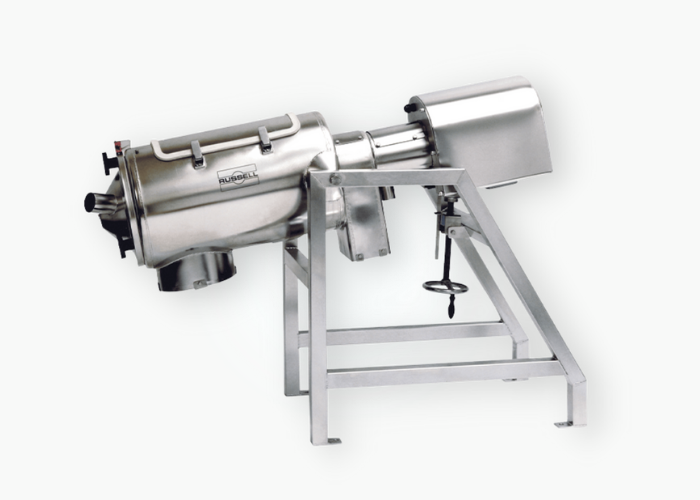Stay compliant with environmental wastewater regulations and reduce disposal costs with mechanical effluent treatment technologies
Wastewater treatment and disposal costs are forecasted to rise by around 5% per year over the next five years. With this in mind, companies across a variety of industries are seeking alternate methods to optimize their wastewater treatment processes. Water plays a large role in the day-to-day operations in manufacturing and construction, chemicals, food and beverage, agriculture and paper and pulp industries, with varying degrees of effluent treatment necessary to meet environment compliance in terms of discharging liquid effluent and wastewater or, in some cases, paying for offsite disposal and treatment.
Key things to consider when treating or disposing of industrial wastewater:
Effluent disposal costs

Environmental effluent regulations
These regulations and surcharges have been implemented to address water pollution levels and, where possible, encourage the reclaim and reuse of water in industrial facilities. Improvements in the proper collection, treatment and discharge of wastewater and the correct disposal or reuse of liquids has, over time, protected and improved water quality. However, as companies continue to grow and expand their production processes, in some cases water and effluent treatment is not prioritized. If not managed correctly, an oversight in this area could have a significant impact on the environment or result in penalty charges.

Primary water treatment
For this reason, a general water treatment process is recommended to be put in place to turn wastewater into an effluent that can be either returned to the water cycle with minimal environmental issues or reused. This starts with the collection of wastewater in a septic tank, where it is directed to a treatment area for odour control and screening, removing larger objects and solids that could block or damage downstream equipment and processes. The water then enters primary treatment, where it is stored in tanks and subjected to dissolved air filtration (DAF) – a water treatment process to extract suspended matter such as solids and oils. These solids settle on the surface and are removed, with clarifiers being a common system used for this stage.
Secondary and tertiary water treatment
Secondary and tertiary treatment is then applied to the wastewater, to remove further organic matter and chemicals. Microorganisms (also known as ‘seed sludge’) and chemical coagulants or flocculants can be applied at this stage, forming large particles of waste matter that can then be removed.
Additional revenue streams
In addition, depending on the amount of solid matter removed from primary and secondary water treatment stages, there is the opportunity for an additional revenue stream. These solids can, in many cases, be used in anaerobic digestion, where the solids are treated to produce methane gas, and the digestate is used to create biosolids, for use in fertilizers and soil amendments.
Options for mechanical removal of solids from effluent
Various mechanical effluent treatment 
The Russell Liquid Solid Separator™ is a compact and affordable solution to removing solid matter from wastewater streams. Designed as an efficient alternative to traditional liquid solid separators, this multi-purpose centrifugal separator has the ability to deal with soft and fibrous oversized solids, achieving high-capacity separation on fine meshes down to 20 microns.
These compact units are capable of handling high flow-rates of liquids and slurries - up to 100,000 litres per hour – despite having a very small footprint. Therefore, they can be conveniently installed in an existing wastewater treatment process, ideal for facilities that require high-capacity filtration where investment into larger separation is not viable. The units are simple to operate, and quick and easy to strip down and clean by a single operator, significantly reducing downtime and labor costs. Furthermore, the Russell Liquid Solid Separator™ has been designed to run with lower power consumption than comparable units, further reducing running costs.
Russell Finex has 85 years of experience in applying fine mesh separation technology to industrial applications. A range of innovative liquid solid separation equipment, wastewater screening equipment and self-cleaning filtration technology is available to meet a variety of liquid and slurry applications including wastewater treatment. To find out more, contact Russell Finex today.
